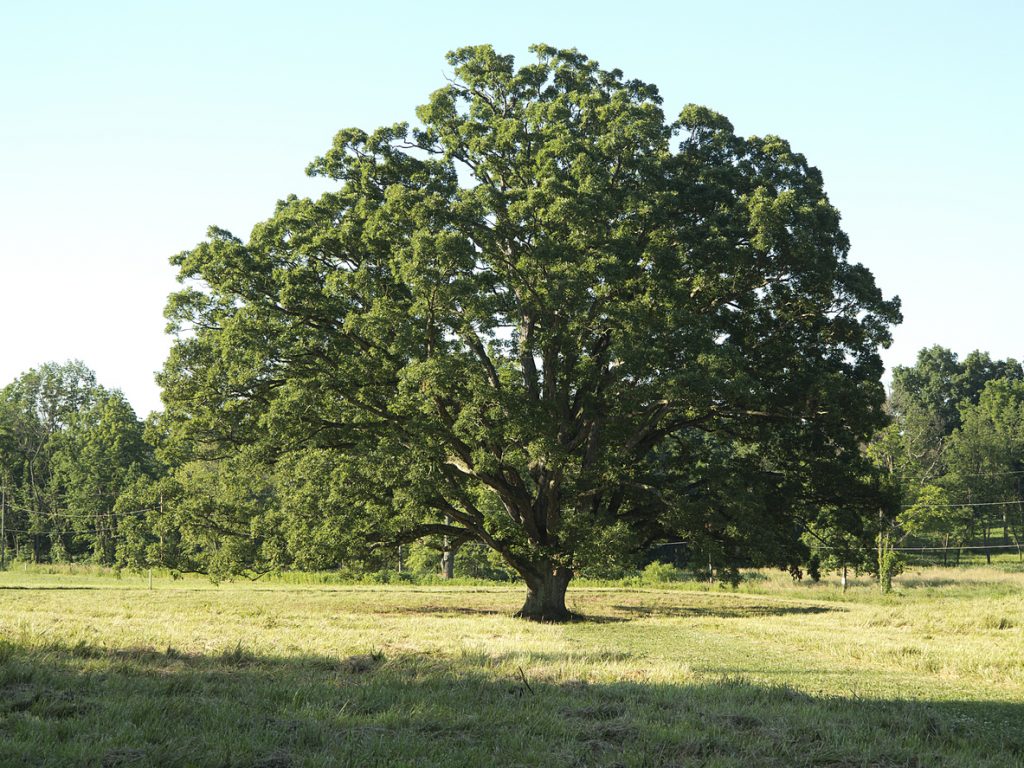When designing a landscape, some individuals turn to exotic and ornamental plants. These plants often need more maintenance. If invasive, they can impair local ecosystems.
Native plants are a great way to add color and personality to any property. They are beautiful, sustainable, and support the environment. This post explores five native plant options available at Forrest Keeling.
Witchhazel (Hamamelis virginiana)

American witchhazel (H. virginiana) has striking yellow flowers that bloom in late fall. Vernal witchhazel (H. vernalis) blooms in mid to late winter (January-March). Their colorful blooms support pollinators when most flowers are gone. Branches provide shelter for birds, enhancing the biodiversity of your garden. Witchhazel is easy-care and adaptable to various soil types. It’s an ideal choice for both new and experienced landscape designers.
Shop Natives at Forrest Keeling
Nannyberry Viburnum (Viburnum lentago)

Nannyberry Viburnum is another versatile and resilient native shrub. Its multi-season interest includes white spring flowers and inky blue, edible fall berries. Those berries attract a variety of birds during fall. It’s a great choice for hedgerows, privacy screens, or as a focal point in your landscape design.
American Hornbeam (Carpinus caroliniana)
American Hornbeam is a small-to-medium-sized tree. It is ideal for shady landscapes or woodland gardens. This native’s most prominent feature is its smooth, gray muscle-like bark. Its leaves emerge with a charming red tint during spring that gives way to a lush green during summer. Its red, orange, and yellow fall foliage creates the quintessential autumn aesthetic.
Yellowwood (Cladrastis kentukea)
The Yellowwood tree adds both beauty and significant ecological benefits to all landscapes. In spring, fragrant, white, pea-like flowers emerge in hanging clusters. They add an elegant touch while attracting pollinators like bees and butterflies. During summer, its smooth, heart-shaped leaves provide comforting shade. Growing up to 50 feet, yellowwood is great for large spaces. Use it in recreational parks, or as a centerpiece in a native landscape.
View Real-Time Native Plant Inventory
Post Oak (Quercus stellata)

Achieving heights of 50 feet or more, the Post Oak is magnificent tree. It showcases a broad canopy filled with textured leaves. It is drought-tolerant and adaptable to various soil types,. Post Oak falls into the white oak group, and shares many of the same traits as White Oak (Quercus alba). This includes excellent food and habitat for local wildlife.
Discover Native Trees at Forrest Keeling
Begin Planning Your Native Landscape Project at Forrest Keeling
Creating a native landscape celebrates the inherent beauty of a region. It also creates a thriving ecosystem that benefits local wildlife throughout the year. Your native landscape can help wildlife no matter its size! And Forrest Keeling can help you find unique natives that meet your goals.
Contact a Forrest Keeling team member for recommendations.
Forrest Keeling … It’s Where the Best Trees Begin!
